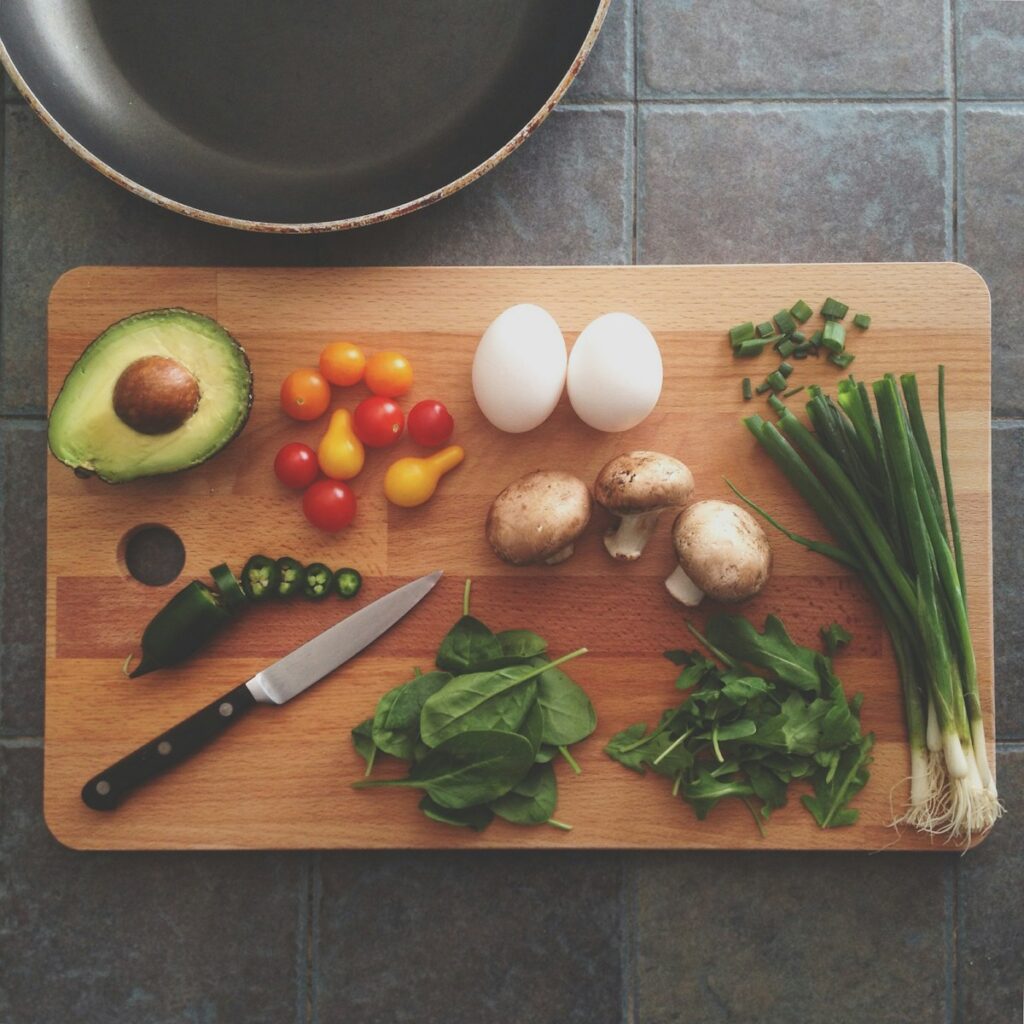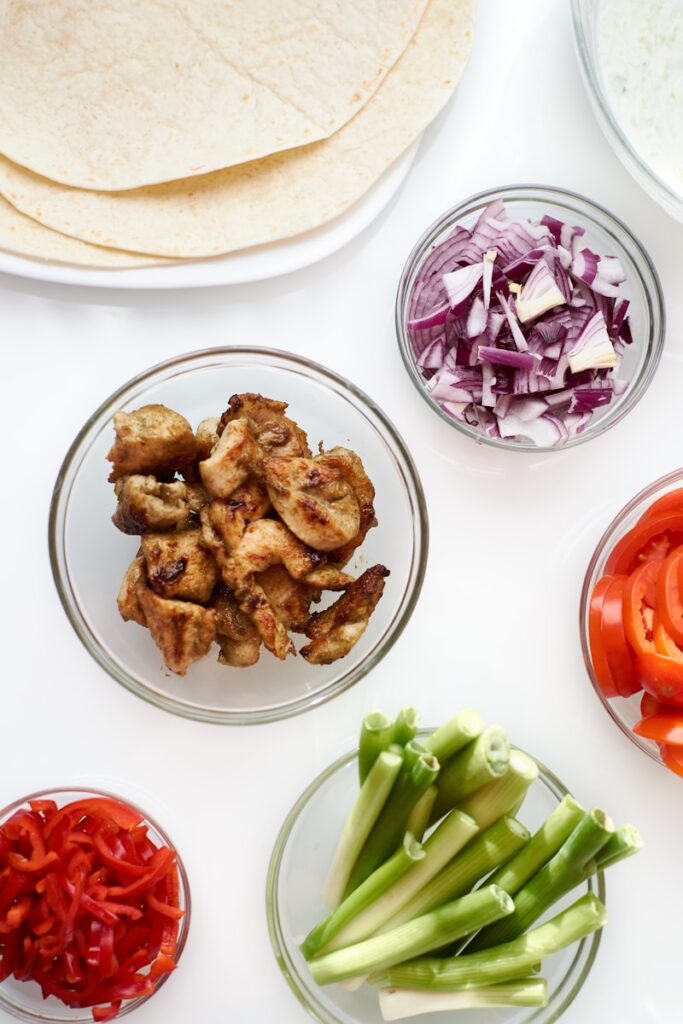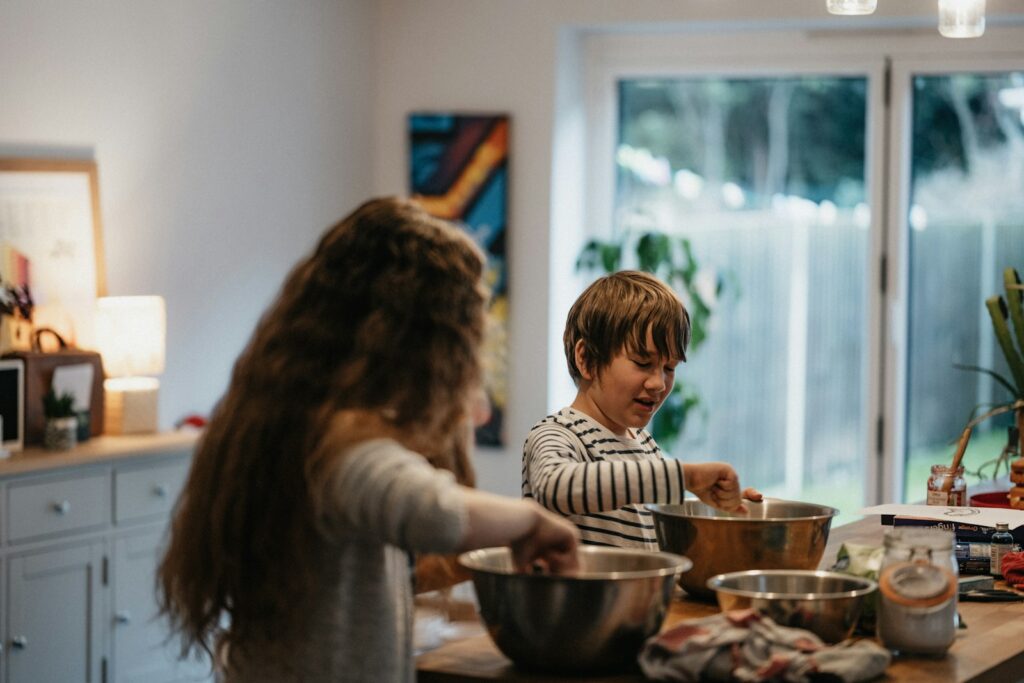Meal Planning for Stay at Home Moms: Efficient Strategies to Save Time and Reduce Stress
Being a stay-at-home mom means you’re always juggling, kids, chores, and, of course, meals. It might feel like planning meals adds another thing to your to-do list, but honestly, a little planning can save you hours and lower your stress. A weekly meal plan helps busy moms run smoother days and still put good, tasty food on the table.
Most days, it’s tough to decide what to cook. With a meal plan, you skip the daily “what’s for dinner?” scramble and make grocery shopping easier. Lots of moms swear by meal prepping or cooking larger batches to get ahead during those extra-hectic weeks.
Meal planning doesn’t have to be fancy or complicated. Even simple tricks, like choosing meals that use similar ingredients, or penciling in super-easy dinners on your busiest nights, can help a ton. Breakfast and lunch plans count, too. Maybe you whip up a batch of pumpkin muffins for grab-and-go mornings.
Getting Started With Meal Planning
Just a little meal planning can make your day run smoother. You’ll dodge the 5 p.m. dinner panic and keep everyone fed with less hassle.
Understanding Your Family’s Needs
First, think about what your family likes to eat and what their week looks like. Any allergies or foods no one will touch? Make a list of go-to favorites you can put on repeat.
Notice your busiest days. If Tuesday is loaded with activities, maybe that’s slow cooker night or leftover night. Planning for quick meals when you need them is key.
Decide how many meals you want to plan. Some moms do all meals and snacks, others just focus on dinner. If you’re new, just start with dinner.

Setting Realistic Meal Planning Goals
Don’t overwhelm yourself. Begin with 3 or 4 days at a time. Planning out two full weeks is a lot if you’re just getting started. Once you get the hang of it, you can stretch to a full week.
Pick a regular planning day. Sunday afternoons are popular, but whatever works for you is fine. Try to set aside 30 minutes for it.
Find a rhythm that fits:
- Theme nights: Maybe Taco Tuesday or Pizza Friday
- Leftovers day: Set aside one day to finish up leftovers
- Prep day: Pick a day to chop veggies or prep ingredients
It won’t always go perfectly. Sometimes you’ll need a backup plan, like a quick pasta dish or breakfast-for-dinner.
Essential Meal Planning Tools
You don’t need anything fancy. A notebook or printable planner works for writing out meals and your shopping list.
Digital tools can help, too:
- Meal planning apps
- Note apps for saving recipes
- Online grocery shopping to save trips
Some handy kitchen gear:
- Slow cooker or Instant Pot
- Food processor for chopping
- Storage containers for prepped food
Keep a master list of 15-20 meals your family actually likes. Make notes about how long they take or who likes what. This list will save you so much time.
Step-By-Step Guide To Weekly Meal Planning
Weekly meal planning is a real time-saver and takes some pressure off. With a system you like, grocery shopping is easier and the whole family can get involved.
Building A Balanced Weekly Meal Plan
Start by checking your family’s schedule. Mark the days you’ll need something quick and the days you have time to cook.

Theme nights help a lot. Taco Tuesday, Pasta Wednesday, Pizza Friday. They add some fun and make planning easier.
Try to get a good mix of proteins, veggies, fruits, and grains. Balanced meals keep everyone feeling better.
Plan for leftovers when you can. Cook extra chicken on Monday for Wednesday’s salad. Less work, less waste.
That list of family favorites? Keep it close. It’ll save you from reinventing the wheel every week.
Creating Effective Grocery Lists
Write your grocery list by section: produce, dairy, meat, frozen, pantry. You’ll shop faster and forget less.
Check what you already have before you shop. Don’t buy things you don’t need.
List Format Example:
- Produce: carrots, broccoli, apples
- Dairy: milk, yogurt, cheese
- Meat: chicken breast, ground beef
- Pantry: rice, pasta, canned beans
Write down how much you need. “2 lbs chicken breast” is clearer than just “chicken.”
Keep a running list on your phone or a notepad on the fridge. Family members can add things when they run out.
Making The Most Of Grocery Shopping
Go in with a plan and stick to your list to avoid grabbing things you don’t need.
Watch for sales on staples, especially non-perishables you can stock up on. Check store flyers before you plan your meals. It saves money.
Seasonal produce is usually cheaper and tastes better, so grab it when you can.
Try shopping once a week for most things. If you need to, pop in mid-week for fresh produce.
On busy weeks, consider grocery pickup or delivery. Sometimes the small fee is worth your sanity.
And don’t shop hungry! You’ll be less tempted by snacks you don’t need.
Involving The Family In Planning
Let everyone pick a dinner for the week. It gets kids excited and they’re less likely to complain about what’s served.
Kids can help with simple kitchen tasks. Little ones can wash veggies or tear lettuce. Older kids can help chop or cook.
Put up a menu board in the kitchen so everyone knows what’s coming. No more endless “What’s for dinner?” questions.
Try a “taste test” night with a new recipe. Vote on it as a family and see if it should be a regular.
Take feedback seriously. If nobody liked a dish, swap it out next time.

Simple Meal Prep Strategies For Stay At Home Moms
Meal prep really can save your sanity. With a few smart habits, you’ll spend less time cooking and more time doing, well, anything else.
Batch Cooking And Freezer Meal Prep
Batch cooking means making big batches of food at once. Pick a day, Sunday works for a lot of folks, and cook several meals.
Double or triple freezer-friendly recipes like lasagna, chili, or soup. Portion them out before freezing and label them with the date and name.
Some freezer ideas:
- Marinated chicken breasts (freeze raw)
- Cooked ground beef for tacos or spaghetti
- Muffins and breakfast burritos
- Casseroles in family-size portions
Rotate your freezer meals. Use the older stuff first and add new batches. It keeps things fresh and cuts down on waste.
Quick And Easy Meal Ideas
Have a list of 10-15 super simple meals your family likes. These are lifesavers on busy days.
Easy meal ideas:
- Sheet pan dinners: Toss protein and veggies on a pan
- Breakfast for dinner: Eggs, toast, fruit
- Build-your-own nights: Taco bar, baked potato bar, salad bar
- Rotisserie chicken meals: Use store-bought chicken as a shortcut
Stock up on pre-cut or frozen veggies. Having cooked rice, quinoa, or pasta in the fridge helps you throw together quick meals.
One-pot or one-pan meals cut down on cleanup. Stir-fries, pasta, or skillet dishes combine everything in one go.
Utilizing Appliances For Effortless Cooking
Kitchen gadgets can cut your cooking time way down. The slow cooker is great for busy days. Toss in your ingredients in the morning and dinner’s ready by evening.
The Instant Pot is a multitasker. It can cook frozen chicken breasts in under 15 minutes or do pulled pork in about an hour.
Air fryers are handy for quick, crispy food with less oil. Use them for:
- Frozen foods (chicken nuggets, fish sticks)
- Veggies (Brussels sprouts, sweet potato fries)
- Quick proteins (salmon, chicken tenders)
Food processors make chopping and slicing fast. Prep onions, shred cheese, or slice veggies for the week in just a few minutes.
Using Leftovers Creatively
Plan for leftovers. Cook extra on purpose to save yourself work later.
Turn leftovers into something new:
- Roast chicken becomes chicken salad or soup
- Taco meat goes into taco salad or stuffed peppers
- Rice turns into fried rice with veggies and egg
- Veggies can fill a frittata or quiche
Think “planned-overs.” Grill extra chicken for salads or wraps later in the week.
Keep a couple backup meals ready for those nights when cooking just isn’t happening. Frozen pizza, soup, or pasta can save the day.
A weekly “leftovers night” helps clear out the fridge and avoid waste. Pair leftovers with a fresh salad or bread to make it feel new.
Healthy & Stress-Free Eating Habits
Eating well doesn’t have to be a huge project, even with a busy mom schedule. Good habits help everyone feel better and have more energy.
Encouraging Healthy Snacks
Keep washed, cut fruits and veggies in the fridge for easy snacking. Carrots, celery, bell peppers—whatever your family will eat.
Set up a “snack zone” in the fridge or pantry. Fill it with:
- Greek yogurt cups
- Apple slices with peanut butter
- Cheese sticks
- Trail mix in small containers
- Hard-boiled eggs
Let kids help prep their own snacks. Building yogurt parfaits with berries and granola is fun and teaches good choices.
Try a “one new food” challenge each week. It can make trying healthy foods less of a battle.
Making Mealtime Enjoyable
Turn off screens at meals. It helps everyone pay attention to each other and the food.
Let kids pitch in with simple cooking jobs. Even little ones can help set the table or tear lettuce. It gets them more interested in eating what they helped make.
Don’t sweat perfect meals. Some nights, a sandwich and fruit is just fine. Aim for balance most of the time.
Use colorful plates or arrange food in fun ways. Sometimes a smiley face made from veggies is all it takes for kids to dig in.